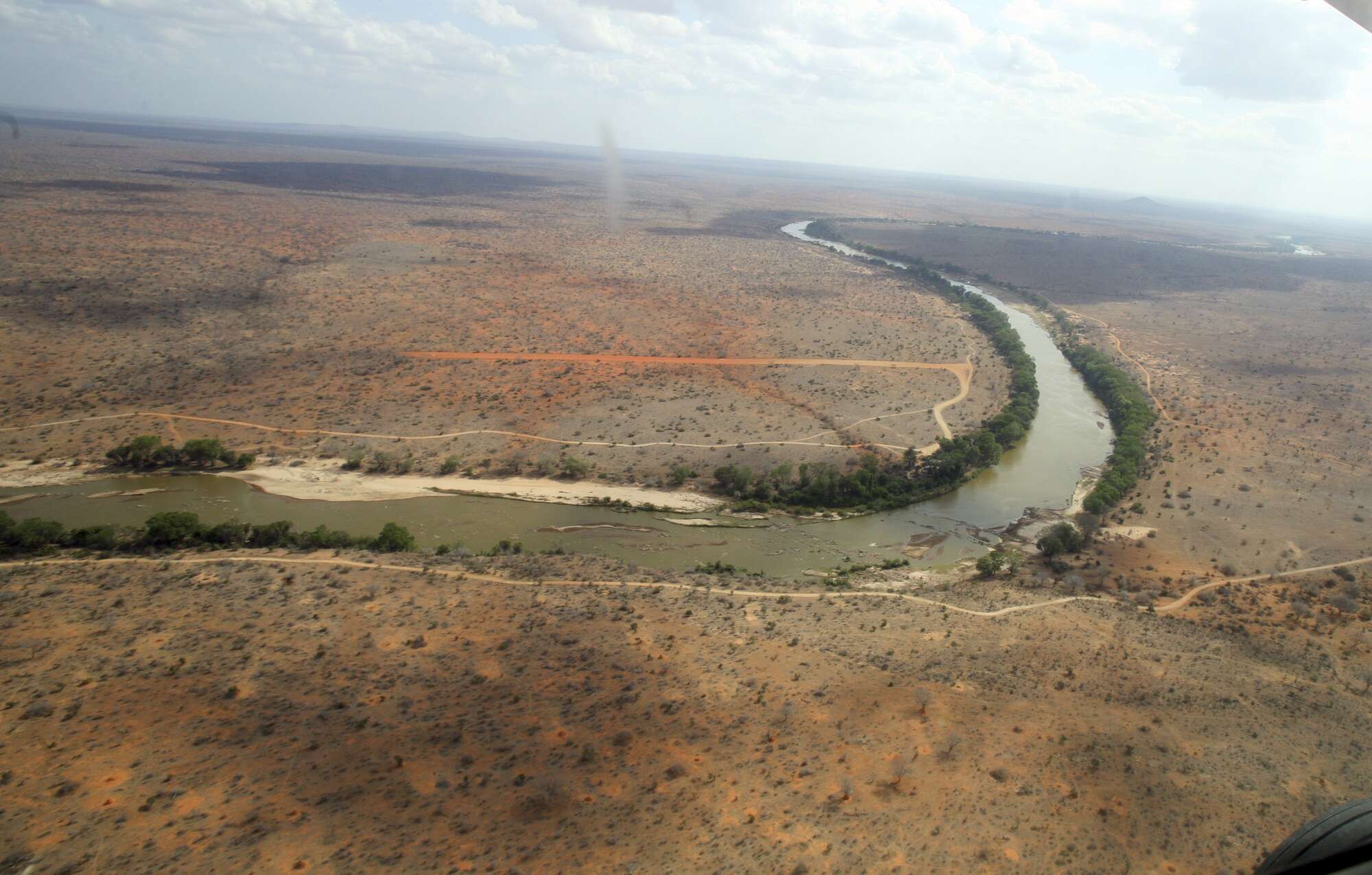Next month, the Ministry of Water will make 5,000 acres of the Galana-Kulalu Irrigation Scheme available to private businesses through a private-public partnership (PPP).
Mugambi Gitonga, the irrigation PS, stated that the ministry will set aside 5,000 acres and that several local people in business have already shown interest in starting the maize planting process in February.
This comes just after President William Ruto instructed the Ministry of Water to ensure that by the end of this year, a sizable amount of the project will be dedicated to food production.
The first group of investors will receive 5,000 acres of land at the Galana-Kulalu next month, where they will use irrigation to grow maize, according to Mr. Mugambi.
After numerous years of failed attempts, the government will finally launch the PPP arrangement scheme this time.
A portion of the model farm will be given to the investor, complete with an irrigation system. An additional 10,000 acres will be used for food production throughout the following six months, beginning in February.
Beginning in April of next year, the government’s National Irrigation Authority (NIA) is anticipated to build a dam to expand food production to 350,000 extra acres.
The PS addressed on Thursday at the National Irrigation Services Strategy’s official launch.
A strategy is a crucial tool for implementing a policy that directs Kenya’s management and development of irrigation.
According to Alice Wahome, the cabinet secretary for water and irrigation, Kenya faces issues with food security because of the ongoing drought brought on by climate change, and irrigation provides crucial intervention.
“This strategy proposes interventions to address the challenges facing the sector and unlock the potential for irrigation to contribute to national food security and socioeconomic development of this country,” she said. “We are confident that irrigation offers the best intervention towards addressing these challenges.
According to Ms. Wahome, Kenya has a 1.9 million-acre irrigation potential. Still, as of now, only 670,000 acres have been supplied with water thanks to a cooperative effort by the government and other development partners.
By 2026, the strategy, according to her, is to irrigate an additional 500,000 acres.
According to her, the country gains from implementing the policy regarding increased agricultural output, job possibilities, foreign exchange earnings, savings, and economic growth in rural areas.



